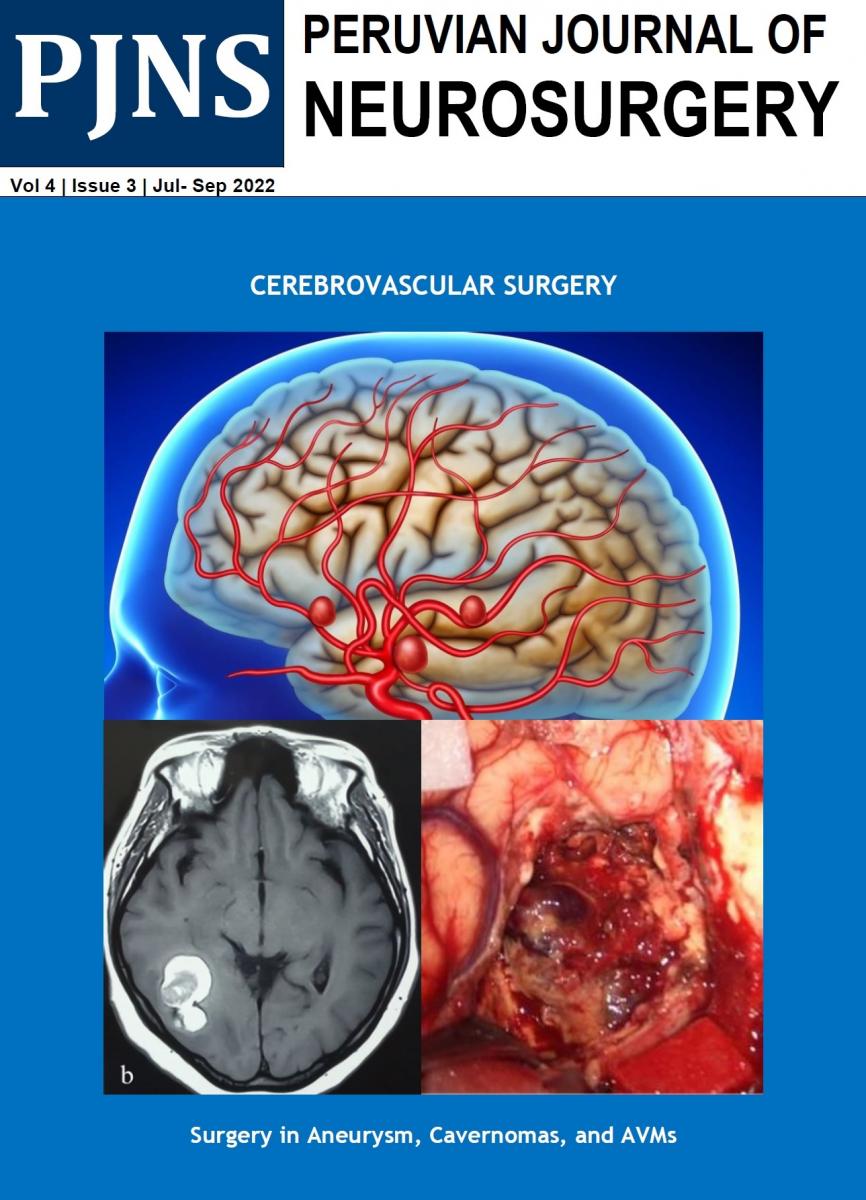Peripheral nerve injuries represent a functional deficit of the affected limb that can be reversed if treated properly. The time at which an injury is operated, coupled with the use of the careful microsurgical reconstruction technique, are the most important factors in the final treatment outcome. Open lesions with nerve involvement should be considered surgical in the short term. Closed lesions usually, with the exception of two exceptions described in the text, are scanned from three months to six months after trauma.
It is a frequent occurrence in practice to observe injuries that have lost their ideal repair time, which leads to permanent sequelae. It is important to note that these delays are not seen in the neurosurgical community, but in other specialties that "disbelieve" the usefulness of rapid repairs, or consider that a neurorrhaphy can be performed without adequate instrumentation or magnification. It is to be hoped that in the future every traumatically injured nerve will be rapidly referred to those who are accustomed to the treatment of this type of injury. This will undoubtedly result in better functional outcomes in patients suffering from these lesions.
Las lesiones de los nervios periféricos suponen un déficit funcional del miembro afectado que puede ser revertido si se tratan en forma adecuada. El momento en el que se opera una lesión, sumado al empleo de la técnica de reconstrucción microquirúrgica cuidadosa, son los factores más importantes en el resultado final del tratamiento. Las lesiones abiertas con afectación nerviosa deben considerarse quirúrgicas en el corto plazo. Las lesiones cerradas suelen, salvo dos excepciones descriptas en el texto, explorarse a partir de los tres meses, y hasta los seis meses del trauma.
Es un hecho frecuente en la práctica, observar lesiones que han perdido su tiempo de reparación ideal, lo cual conduce a secuelas permanentes. Es importante destacar que estas dilaciones no se ven tanto dentro de la comunidad neuroquirúrgica, aunque sí en otras especialidades que “descreen” de la utilidad de las reparaciones rápidas, o consideran que una neurorrafia puede ser efectuada sin el instrumental o la magnificación adecuadas. Es de esperar que en el futuro todo nervio lesionado en forma traumática sea referido rápidamente a quienes se encuentren habituados al tratamiento de este tipo de lesiones. Ello redundará indudablemente en mejores resultados funcionales en los pacientes que sufren estas lesiones.


